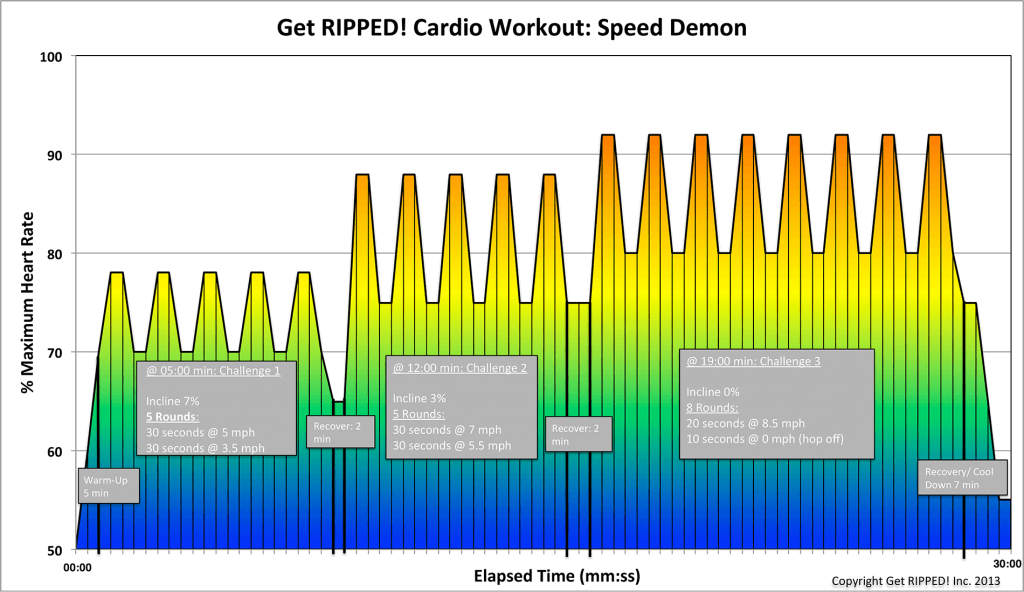Nutrition Tips
Understanding Dietary Fats
Understanding Fats by Angela Sirounis
The total fat we eat is a combination of three different types of fat:
- Saturated Fat (SFA)
- Polyunsaturated Fat (PUFA)
- Monounsaturated Fat (MUFA)
Saturated Fat: The real villains. They typically are solid at room temperature. Most saturated fat comes from animal foods like meat, milk, cheese, butter and lard. Certain hydrogenated vegetable oils are also high in saturated fat such as vegetable shortening, hard block margarines and tropical oils like palm, palm kernel and coconut oils. Saturated fats raise unhealthy blood cholesterol levels.
Polyunsaturated fat: A better bet. They are usually liquid at room temperature. Found in vegetable oils like sunflower, safflower and corn oil. Soft margarines containing between 40% to 55% polyunsaturated fat are also a source of these fats. Fish also contain polyunsaturated fat, which is called “Omega-3 Fats”. This type of fat tends to lower blood cholesterol as well as provide other health benefits.
Monounsaturated Fat: A healthy switch. These are liquid at room temperature. Found in olive, canola and peanut oil. This is a healthy fat.
Hydrogenation: A food manufacturing process which changes liquid fats (polyunsaturated and monounsaturated fats) into more solid forms (saturated fats) also known as “trans fatty acids” or “trans fats”. Hydrogenated fats raise unhealthy blood cholesterol levels. Hydrogenated vegetable oils are found in foods like crackers, cereals, cookies. Food manufacturers use them because this process helps to increase the shelf life of products and also imparts a nice “mouth feel” (honestly that’s what it is called in the industry . . . manufacturers know that people develop a penchant for good “mouth feel”).
More info on “Omega-3 Fats”
Omega-3 Fats refers to these three fats:
- Alpha-linolenic acid (ALA)
- Docosohexaenoic acid (DHA)
- Eicosapentaenoic acid (EPA)
Why are omega-3 fats important?
Research on the many health benefits of omega-3 fats is growing. Most North Americans do not eat enough omega-3 fats to benefit from the health benefits they offer. ALA is the most common omega-3 eaten by North Americans. However research suggests that DHA and EPA are the most important omega-3’s for health. Adequate intake of DHA and EPA is shown to play a positive role in heart disease, autoimmune and inflammatory diseases, dementia and Alzheimer’s disease and in age-related macular degeneration.
How much omega-3 fat do we need?
Most people can meet their needs for omega-3 fats by eating 1 to 2 servings every day of a variety of the following:
- Ground flaxseeds (1 Tbsp) or walnuts (¼ cup) or soybeans (½ cup)
- Flaxseed oil, walnut oil, canola oil or soybean oil (1 tsp)
- Non-hydrogenated canola margarine (1-2 tsp)
- Fortified foods (examples: eggs, milk, yogurt, cheese, pasta or bread)
AND
- At least 2 servings (3 ounce/serving) every week of mackerel, salmon, herring, trout, sardines, halibut
What about omega-3 supplements?
The best way to get omega-3 fats is through food. However if you have difficulty meeting needs through your diet you may choose to take a supplement. It is important to choose a supplement that is safe for you. It is important to be aware of possible risks and disadvantages when taking supplements. These include:
Toxicity – Fish liver oil supplements, including cod liver oil, are not recommended. Fish liver oil supplements contain high levels of vitamin A, which can be toxic or harmful to an unborn baby if taken in pregnancy.
Contamination – Fish oil supplements may contain toxins such as mercury and pesticides. Consumers concerned about this may want to visit the website of the International Fish Oil Standards (IFOS) at www.ifosprogram.com – select Consumer Reports. IFOS tests DHA and EPA levels and contaminant levels in supplements by brand name.
Excessive bleeding – Consuming higher amounts of omega-3 fats, more than 3000 mg (3.0 g) a day from food and/or supplements, may cause excessive bleeding. This is not recommended without the careful supervision of a doctor.
Incomplete nutrition – Fish and other food sources of omega-3 fats provide many other important nutrients that we do not get from supplements.
When choosing an omega-3 supplement look for ones that contain an EPA to DHA ratio close to 1:1. This means that the amount of DHA and EPA should be present in equal amounts or close to equal amounts.
Which Fish should I eat?
Fish and shellfish are important foods for a healthy diet. A few fish have higher amounts of mercury which could harm an unborn baby or young child.
The higher mercury fish are shark, swordfish and fresh and frozen tuna. Canned white tuna also contain higher amounts of mercury. Women who could become pregnant, women who are pregnant or breastfeeding and young children should avoid eating these higher mercury fish.
Canned “light” tuna, sardines and anchovies are low in mercury and are good sources of omega-3 fats and can be enjoyed often. Other fish and shellfish such as cod, crab, haddock, halibut, Pollock, sole, trout and shrimp are safe to eat often. Salmon is also a good choice. Canadian farmed Atlantic salmon has been shown to contain higher levels of toxins than Pacific salmon (note: canned salmon is almost always Pacific or “wild” salmon).


